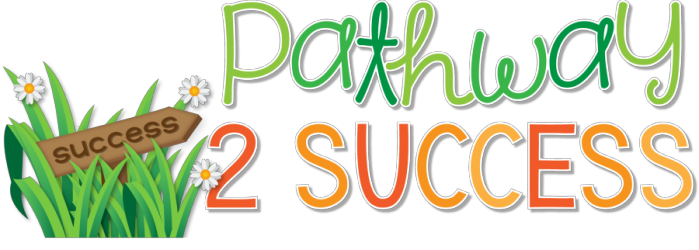Soft skills are the social and personal skills we use every day. They include abilities like goal-setting, taking initiative, work ethic, and focus. For growing teens and young adults, these skills play an important role in achieving success at school, with friends, at work, and beyond. One important point about soft skills is that they […]
Attention-Restoring Activities for Kids and Teens
In today’s fast-paced digital world, attention fatigue is a big problem. When our focus abilities are pushed to the limit, it can make us feel mentally drained and distracted. This makes the case for developing some attention-restoring strategies, especially for kids and teens with growing brains. Activities that help boost attention provide a pathway to […]
Perseverance Strategies for Kids and Teens
Perseverance is the skill that helps children and teens work through challenges so they can meet their goals. In other words, perseverance is sticking with it! It is one of the most important social-emotional skills that all learners need for success; that’s because we all encounter challenges big and small in our everyday lives. Some […]
15 Self-Kindness Activities for Kids and Teens
Everyone knows that kindness is important. Showing care and support to others helps strengthen relationships and build communities. Being kind helps us feel good too. At the same time, another type of kindness also needs the spotlight: Self-kindness. Self-kindness is the practice of treating yourself in a caring, supportive, loving, and respectful way. This is […]
Helping Kids Create Their Own Coping Strategies Toolbox
Coping strategies are the activities we use to help us feel calm and emotionally regulated. There are countless different strategies we can use, from practicing slow and relaxing breaths to exercising and moving our bodies. Different strategies work for different people. In fact, different strategies even work for different scenarios. This is why it helps […]
What Are Executive Functioning Skills? And Why Do They Matter for Teens?
Executive functioning skills are the brain-based abilities we use to accomplish tasks and meet goals. While these are valuable skills for everyone, they play an important role in the success for developing teens. For example, teens use executive functioning skills when they organize materials in their backpack or desk, plan an approach for solving a […]
New Year Activities for Kids and Teens in the Classroom
The beginning of a new year is the perfect time to set new goals, embrace a more positive mindset, and strengthen positive habits for success. As students head back to school to start the new year, it’s helpful to have some meaningful activities to choose from. Use the ideas below to start your new year […]
Breathing Exercises for Kids and Teens: A Self-Regulation Strategy
Breathing exercises are techniques we can use to calm our nervous system, invite positive emotions, and strengthen our focus. In short, breathing exercises are self-regulation strategies. Throughout the day, kids and teens might feel overwhelmed for a variety of reasons: forgetting to complete a homework assignment, taking a tough test, an argument with a friend, […]
Improving Sleep: A Strategy to Help Kids & Teens Build Focus and More
Getting enough quality sleep can have a remarkable effect on kids’ abilities to focus, manage emotions, and feel their best. Simply put, sleep is an incredibly powerful activity and tool. We all need sleep to meet our individual potentials. While it’s absolutely true that parents and guardians have more control over kids getting enough sleep […]
Attention Strategies for Kids and Teens
Attention is the ability that allows us to focus on a person or task for a period of time. Being able to focus well on different tasks and activities helps us learn, grow, and make progress in all areas of life. At the same time, learning to tune-in and concentrate can be a challenging skill […]
- 1
- 2
- 3
- …
- 14
- Next Page »













